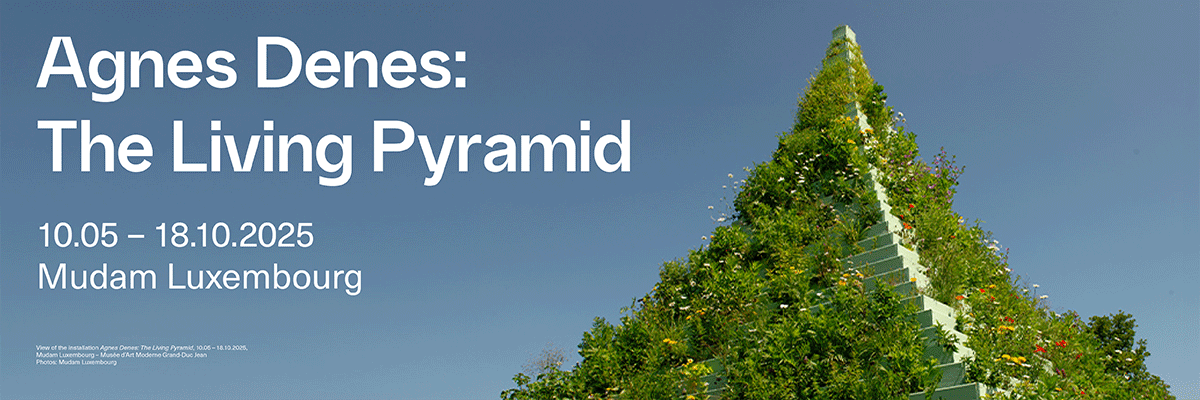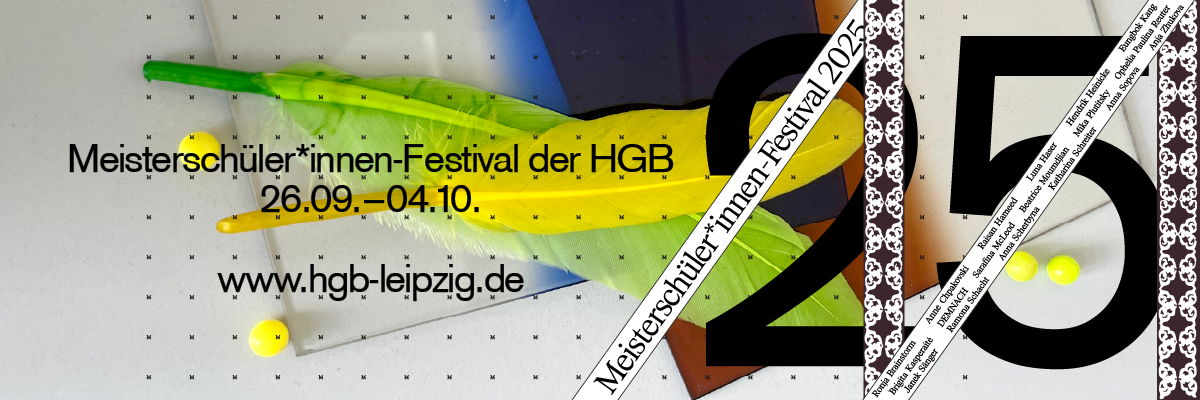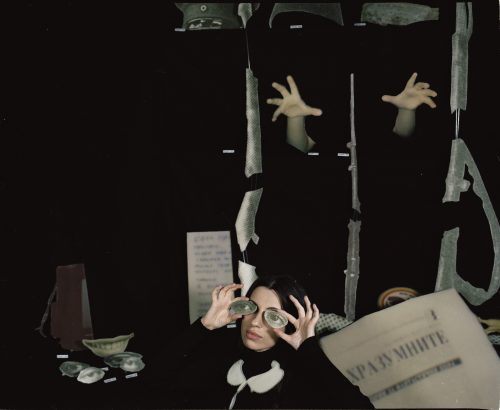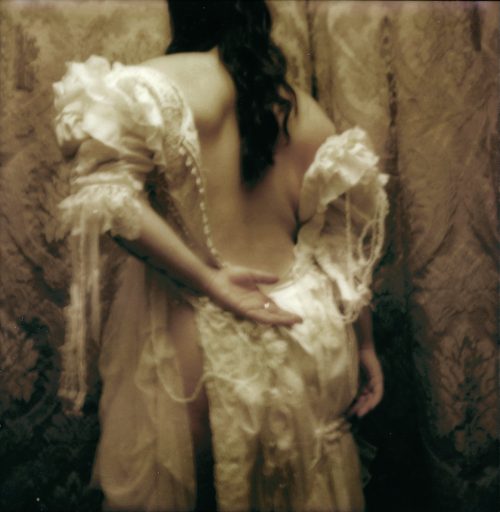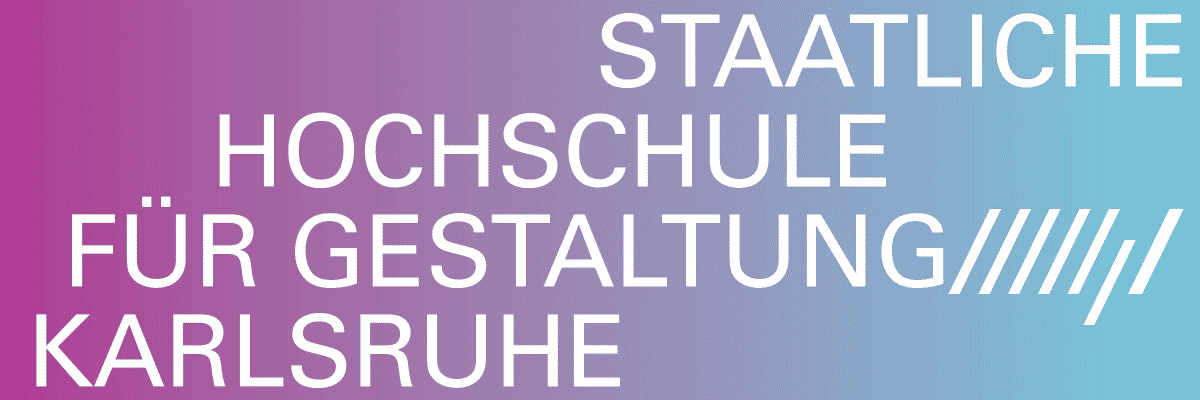
Hans Bellmer, Mariechen Danz, Sabrina Fritsch
HUMAN TETRIS
Project Info
- 💙 FLⒶT$, Brussels
- 💚 Lukas Schmenger
- 🖤 Hans Bellmer, Mariechen Danz, Sabrina Fritsch
- 💛 Kristien Daem
Share on
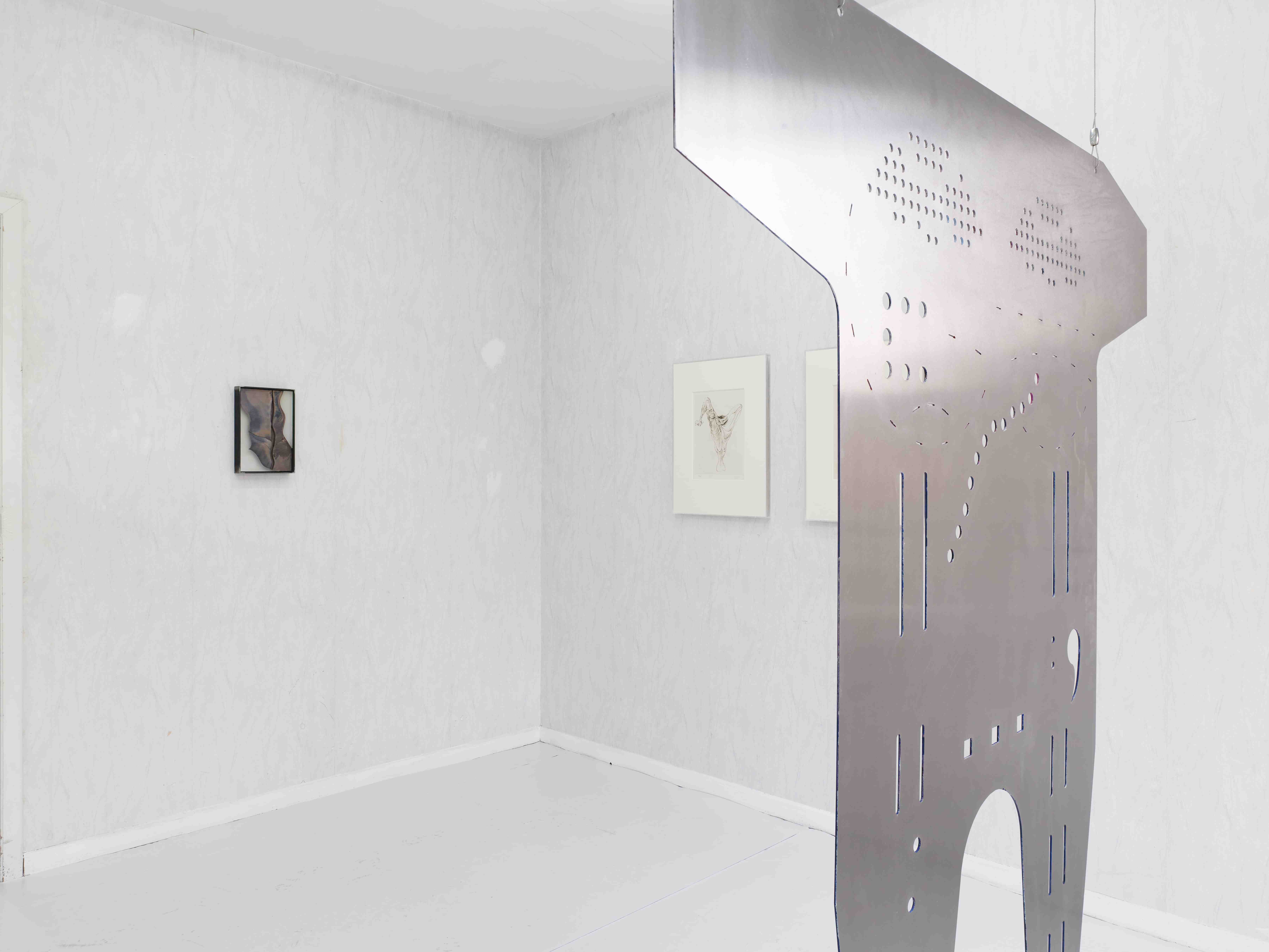
installation view HUMAN TETRIS
Advertisement
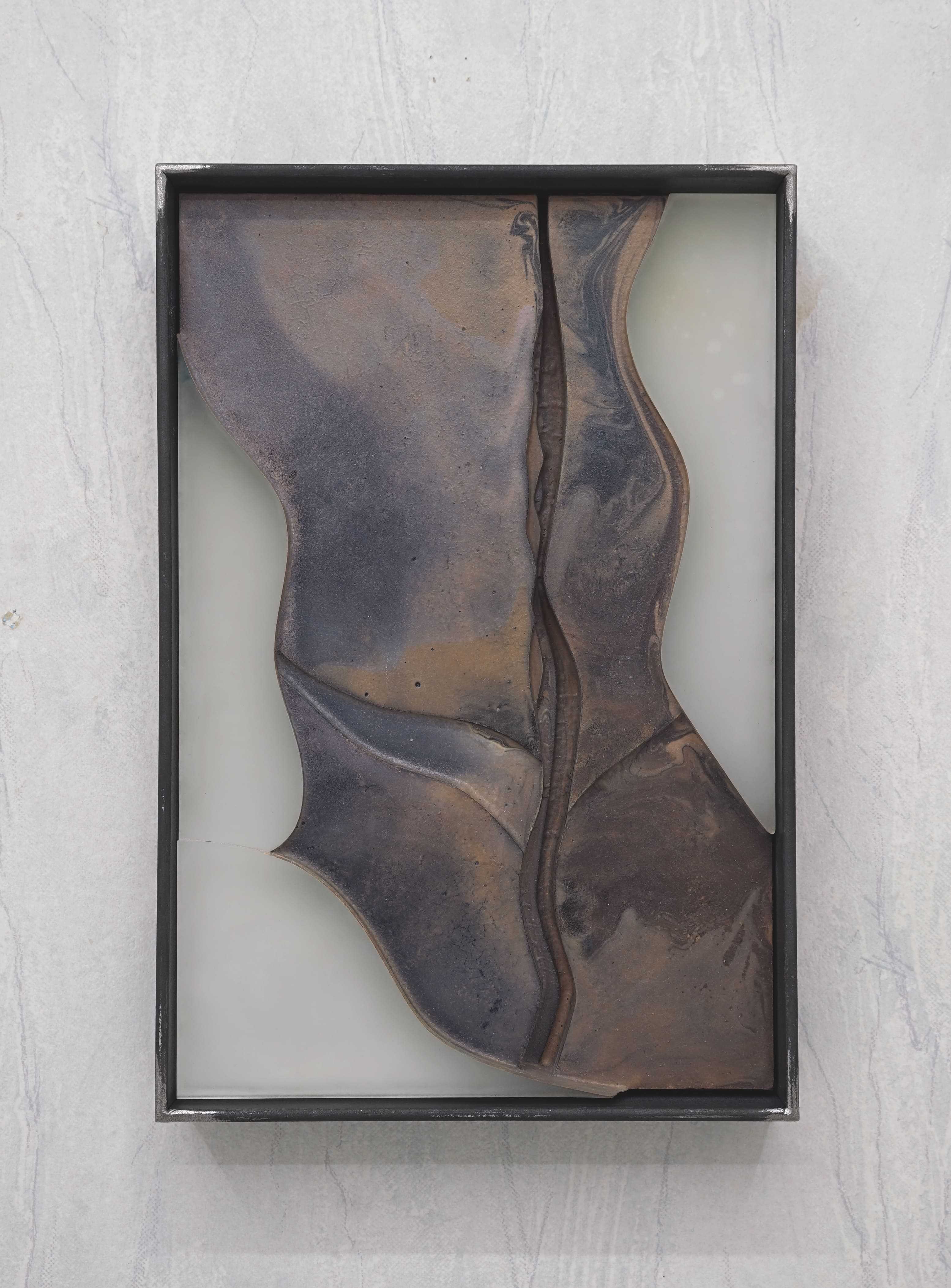
Sabrina Fritsch, Zya, 2025, nail polish, Indian ink on Plexiglas, 30 x 20 cm
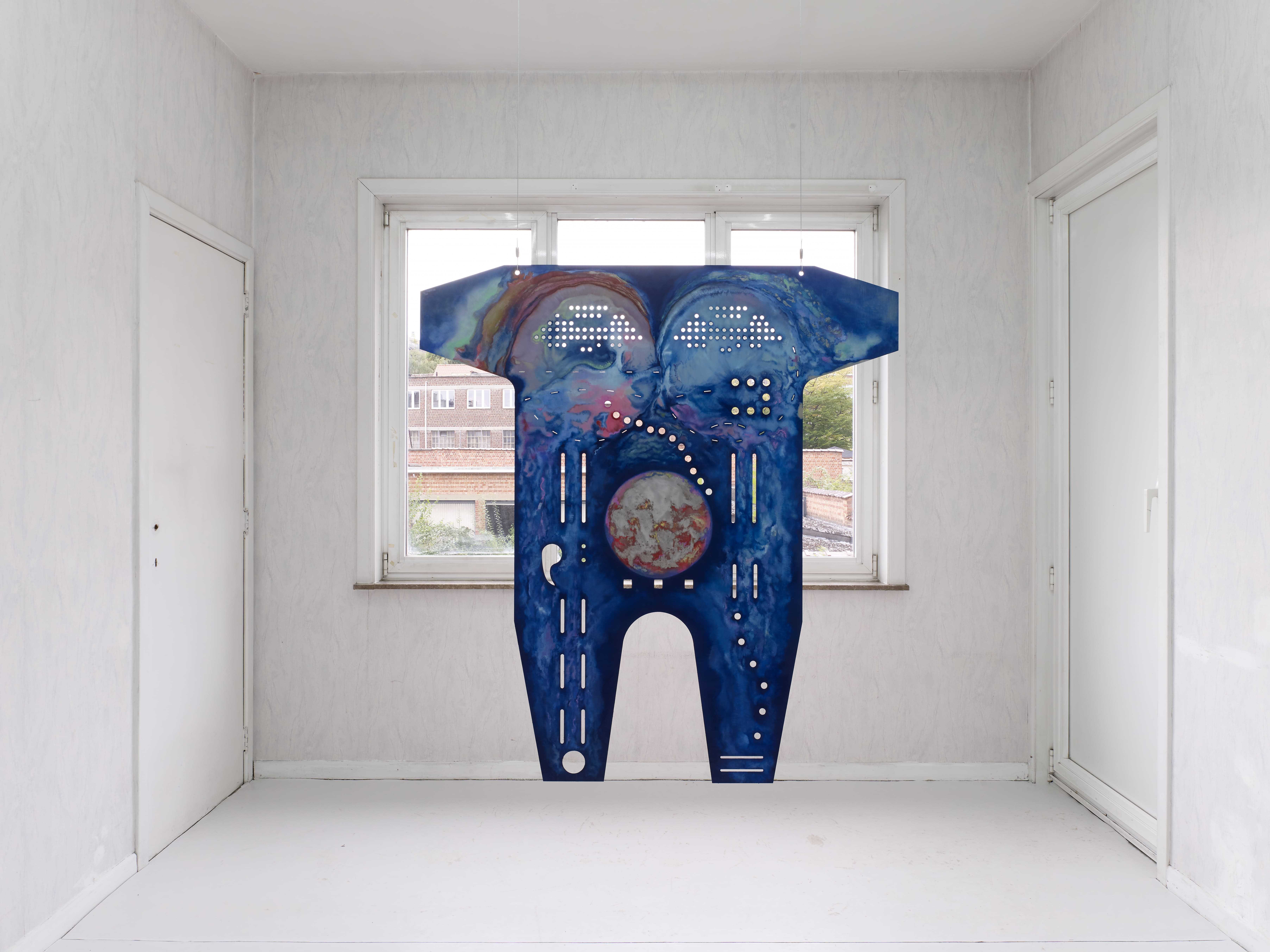
Mariechen Danz, Common Carrier Case (X Votive starmap / hemisphere T-O), 2024/25, oil paint on stamped aluminium, steel hardware, 30 x 0,3 x 140 cm
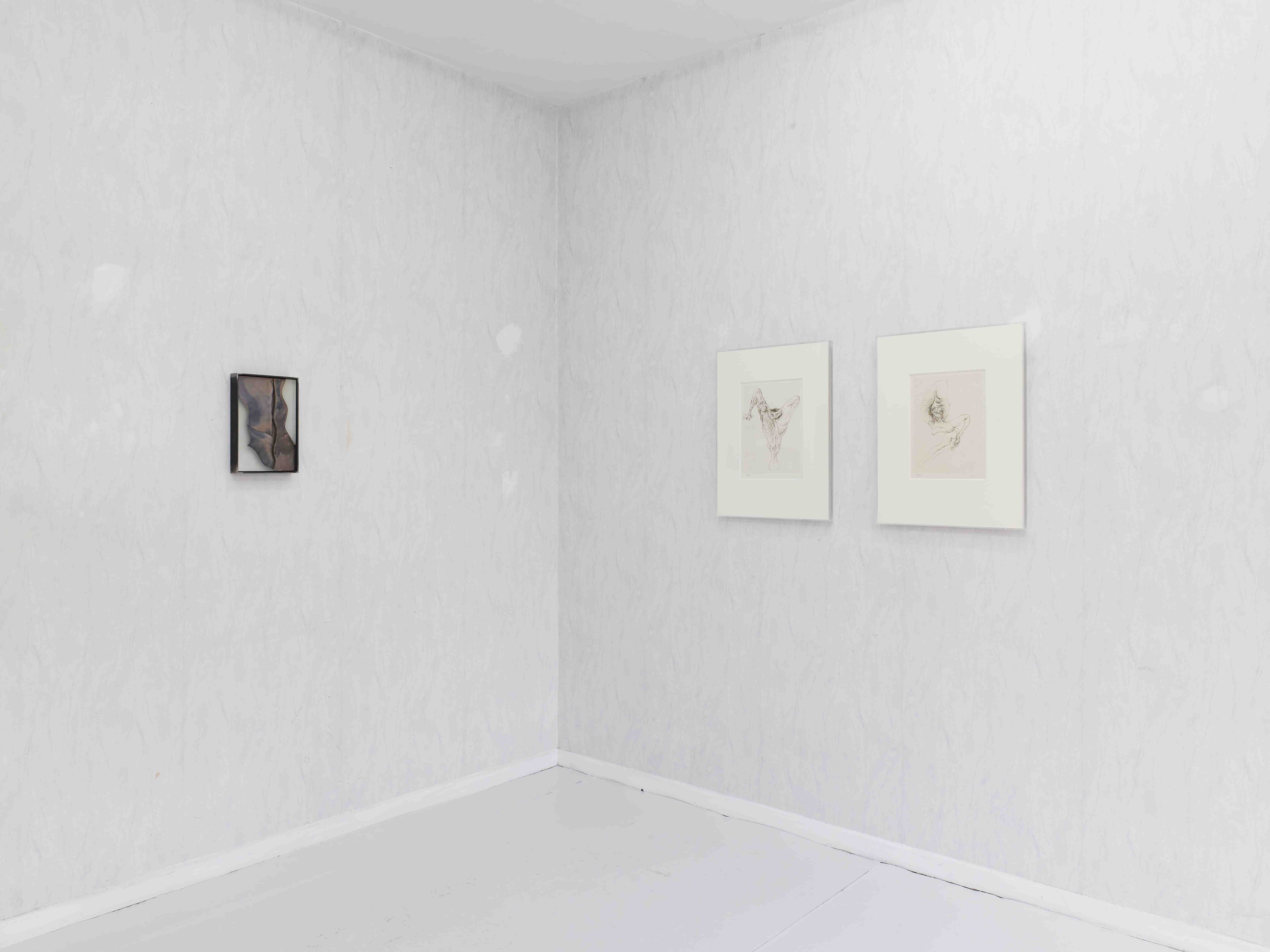
installation view HUMAN TETRIS
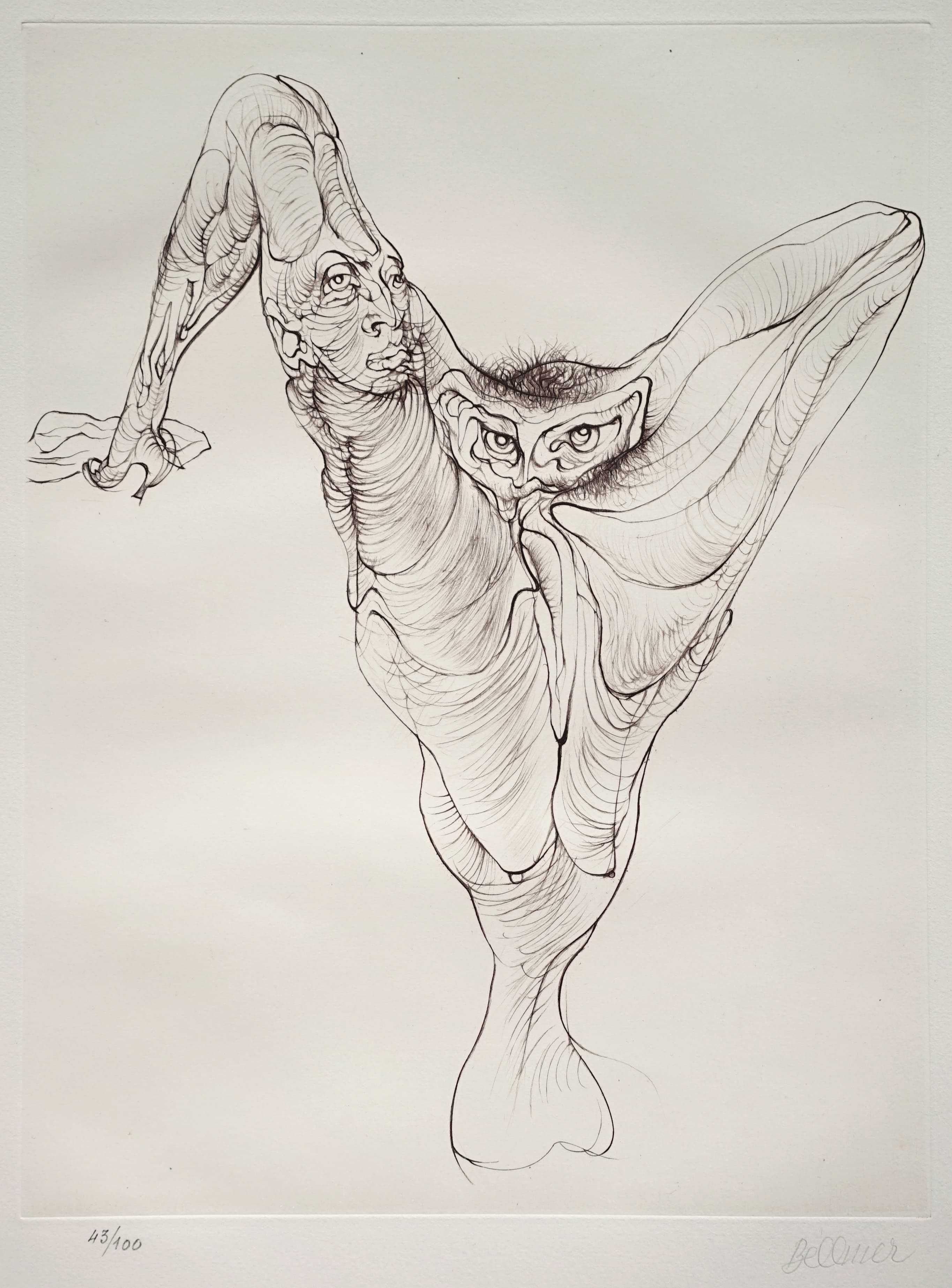
Hans Bellmer, Sexe oiseau ou Vase naturel, 1968, etching, plate size 32 x 24 cm, paper size 57 x 45 cm

Hans Bellmer, L´ Équilibriste, 1970, etching, plate size 30 x 22 cm, paper size 58 x 39 cm
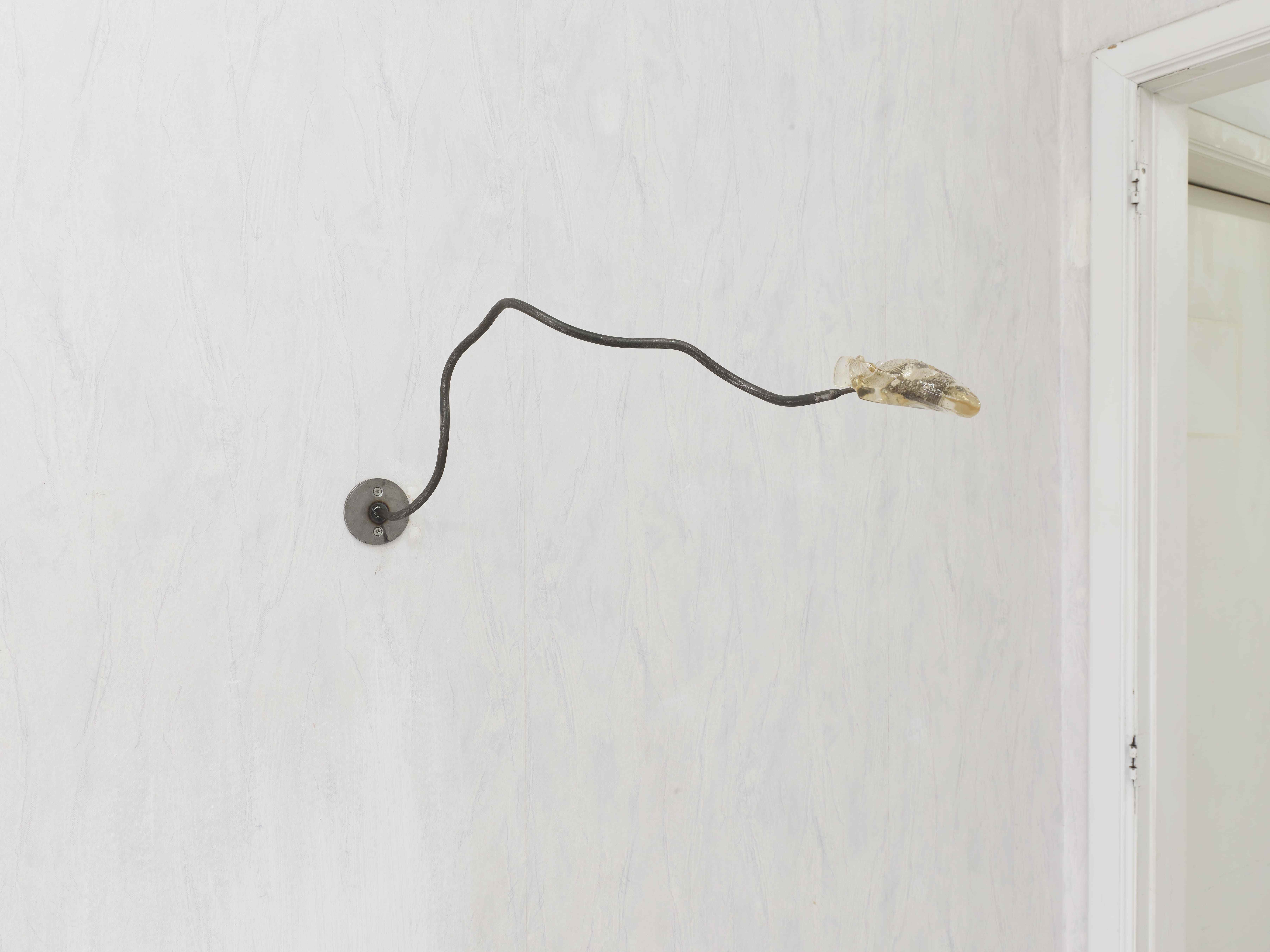
Mariechen Danz, Tongue (fossil / ammonite), 2020, ammonite fossil, resin, 5 x 11 x 3 cm
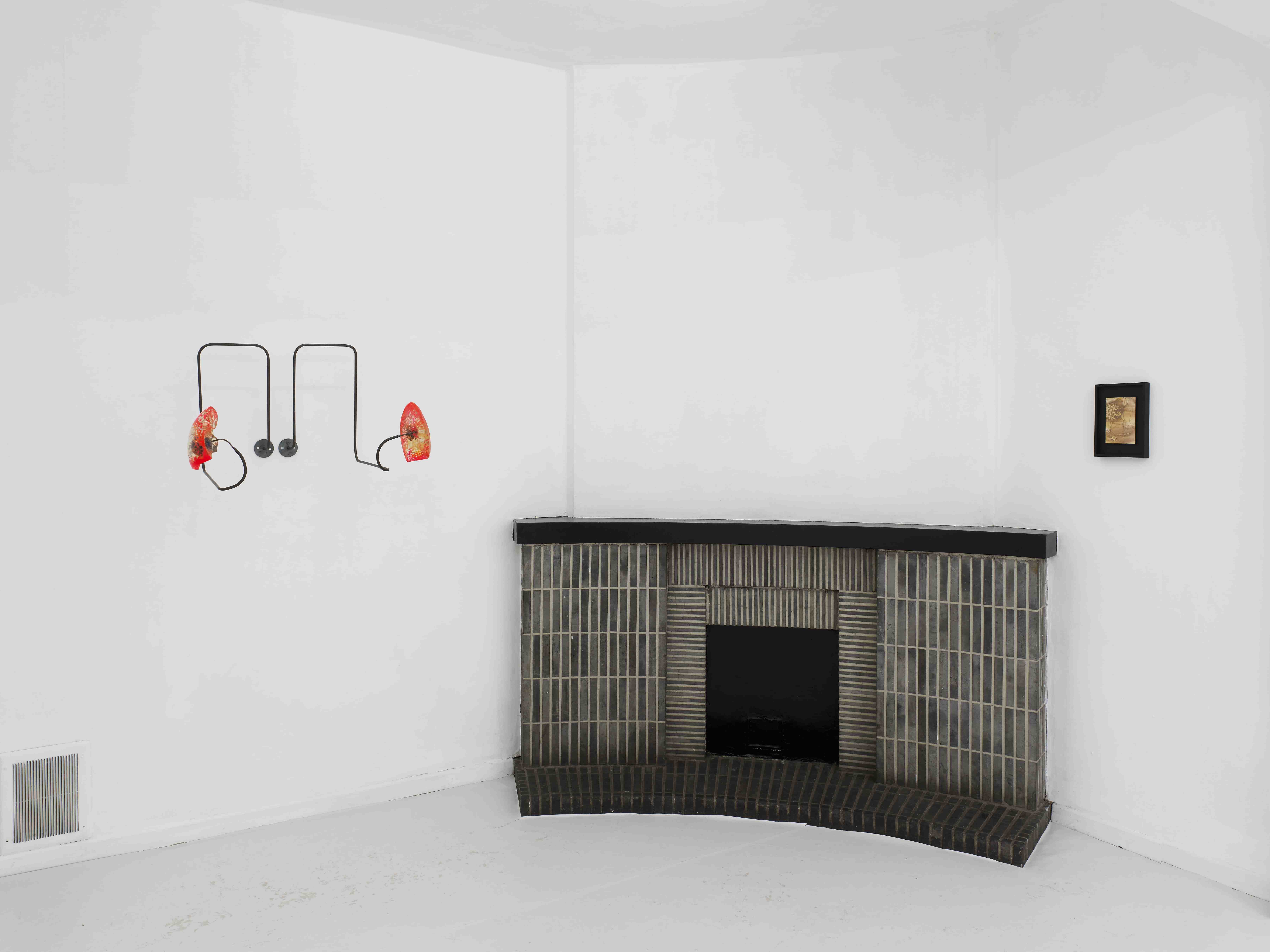
installation view HUMAN TETRIS
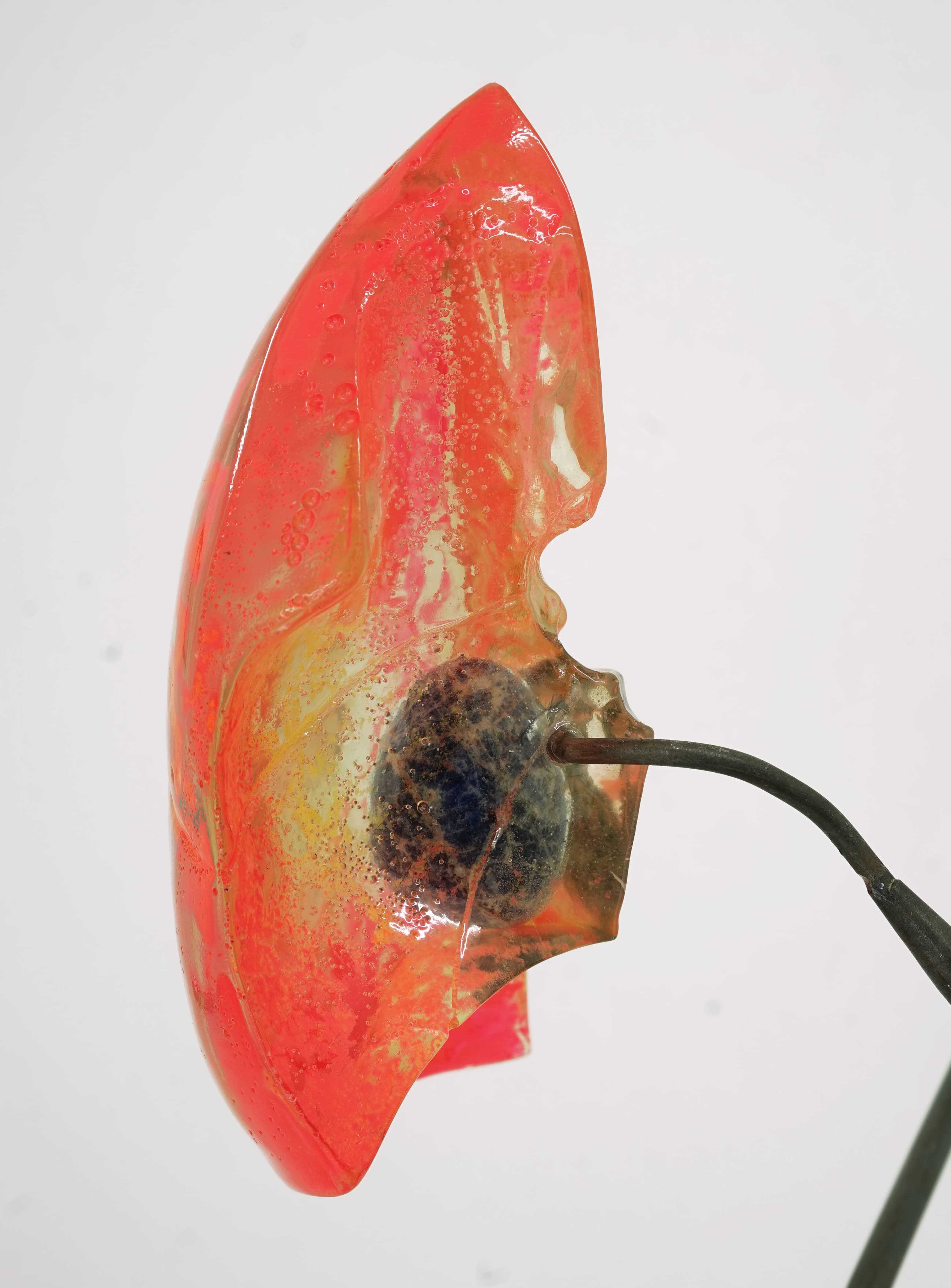
Mariechen Danz, Half Lung (fossil / thermal halftime/ chest), 2018, sodalite, pigment, resin, 6,5 x 10 x 20 cm
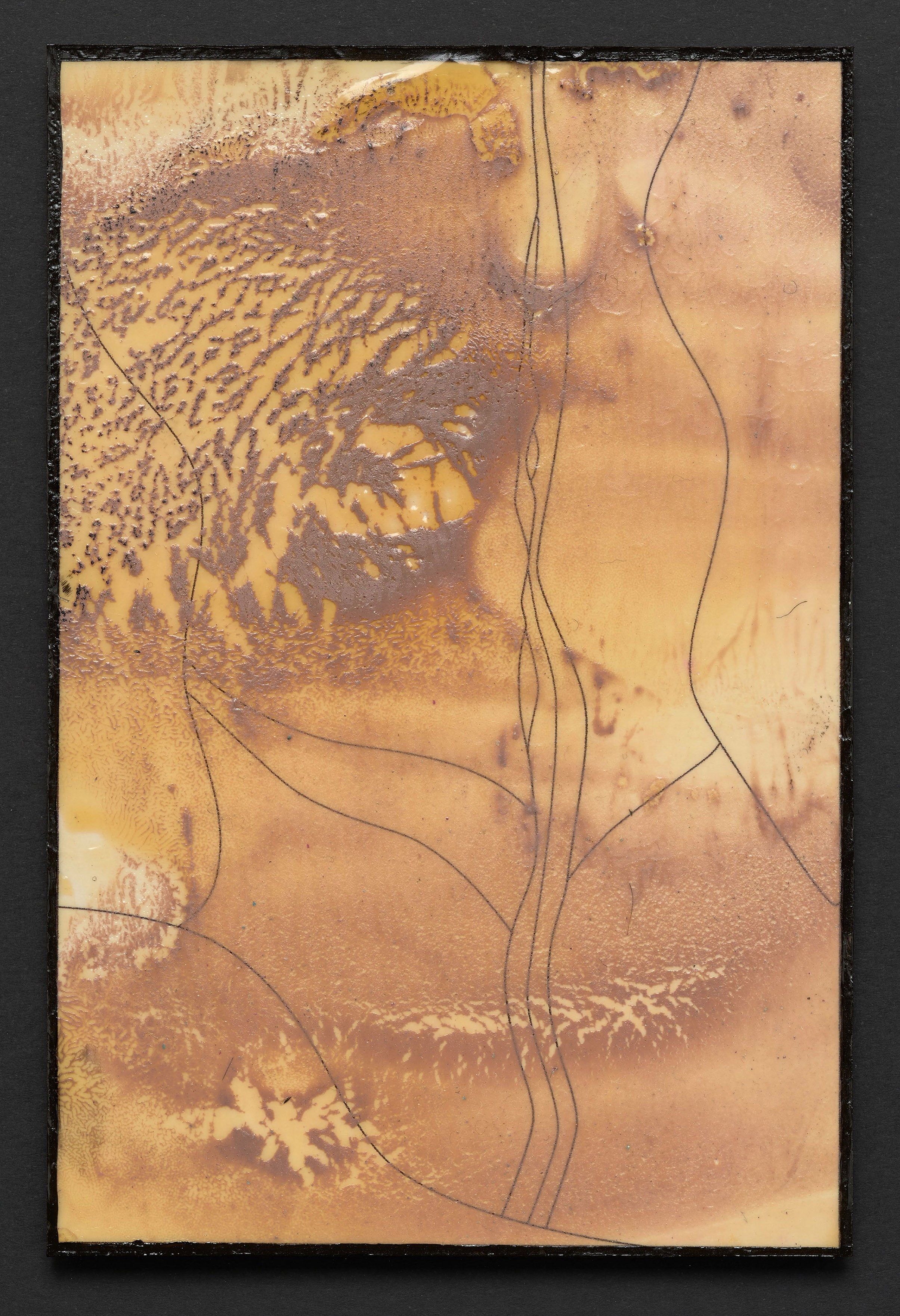
Sabrina Fritsch, nude2, 2024, nail polish, acrylic, shellac, ink on paper on cardboard, 15 x 10 cm
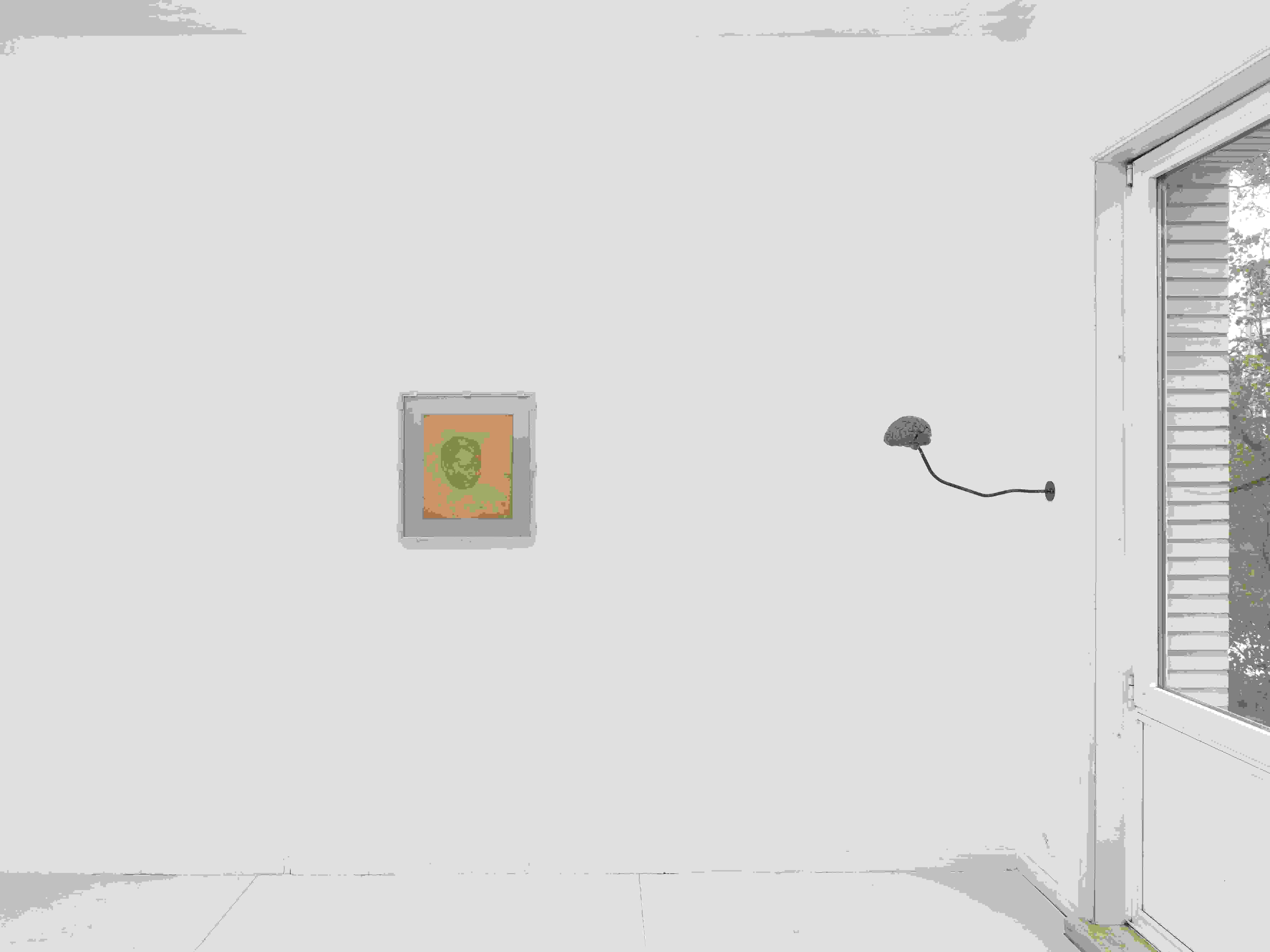
installation view HUMAN TETRIS

Hans Bellmer, Portrait Of Ernst Schröder, 1925, crayon and white heigthening on paper, 31 x 35 cm
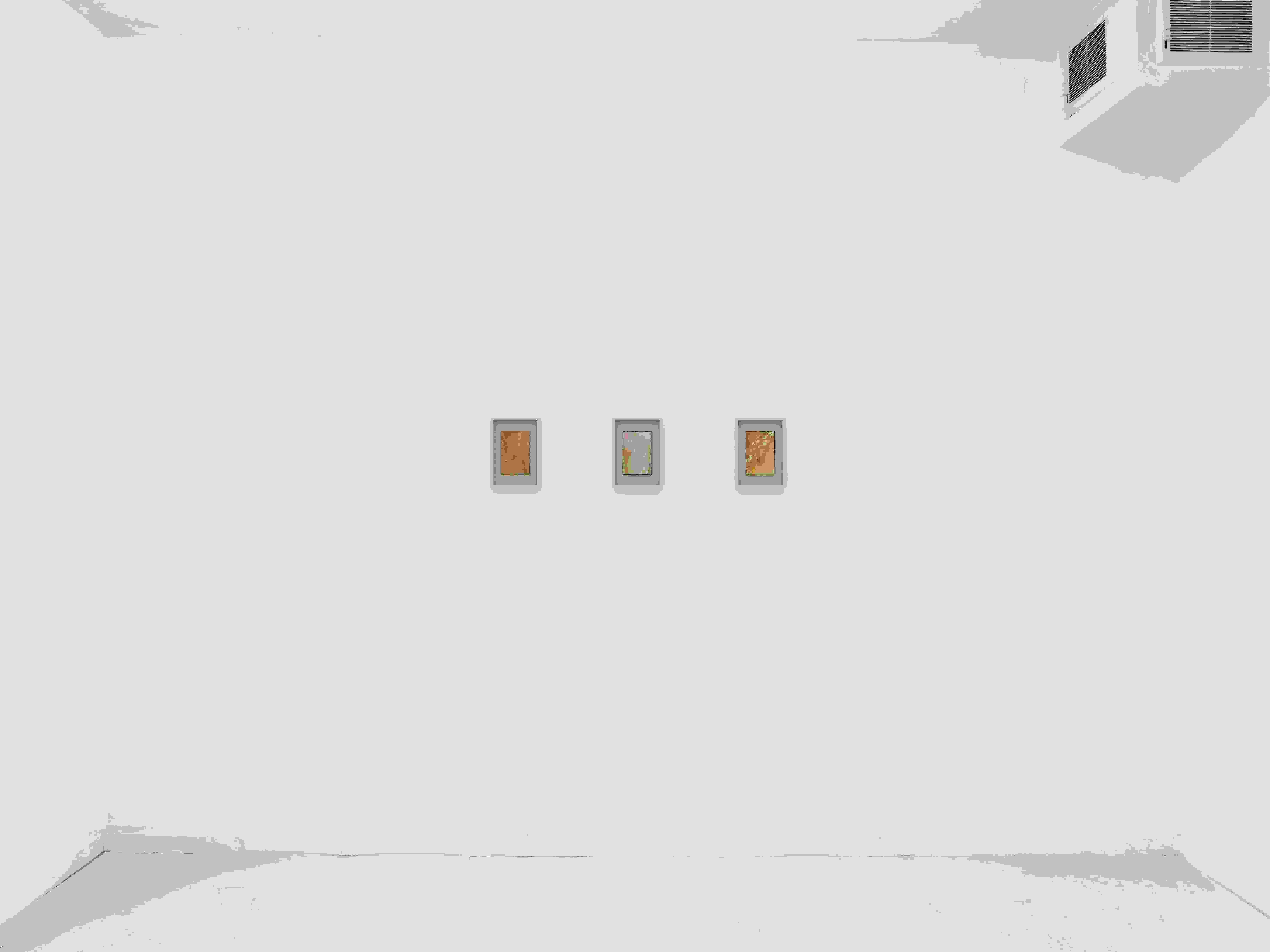
installation view HUMAN TETRIS
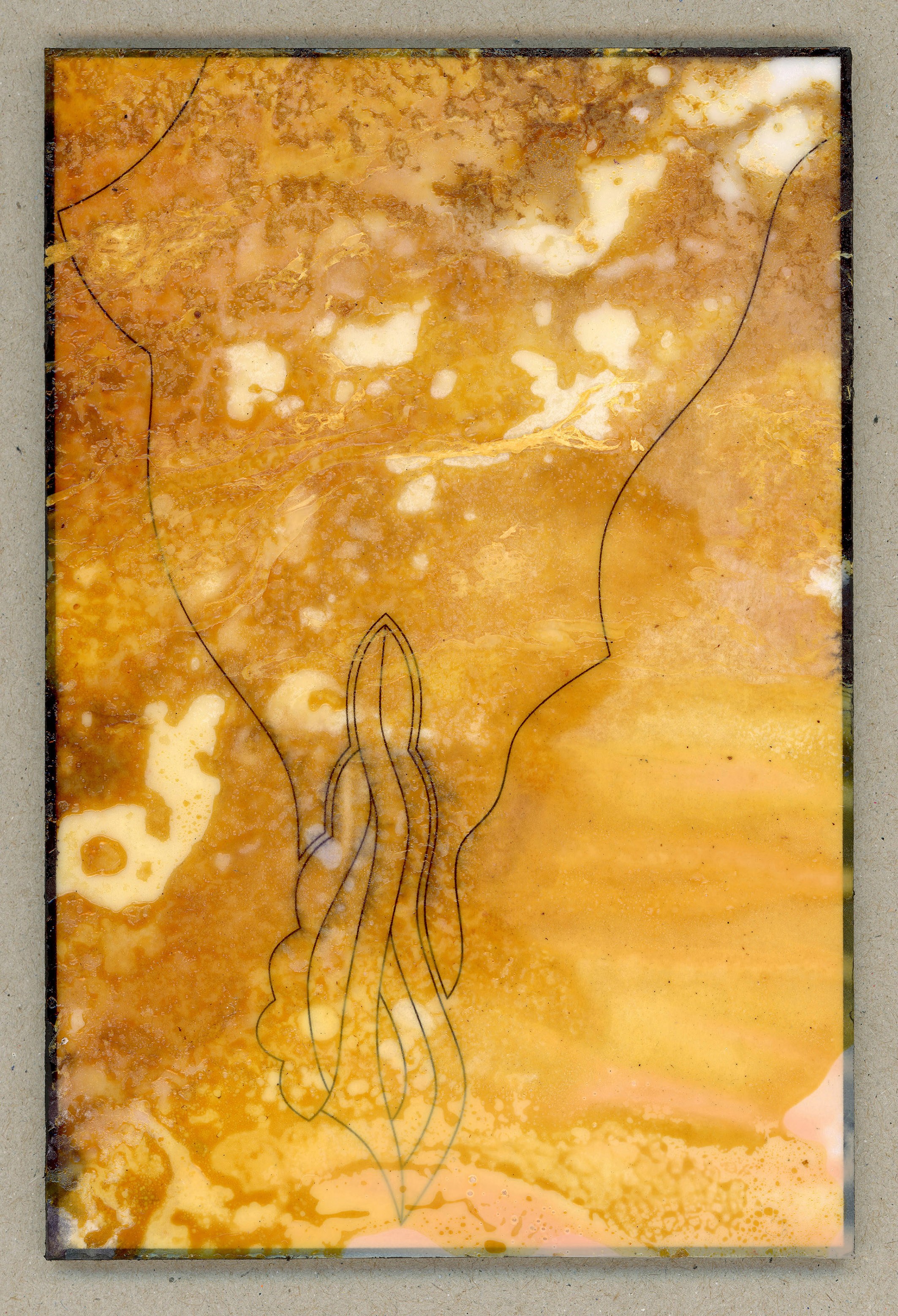
Sabrina Fritsch, nude_HOA_nd, 2025, acrylic, nail polish, ketone resin, shellac, ink on paper on cardboard, 15 x 10 cm
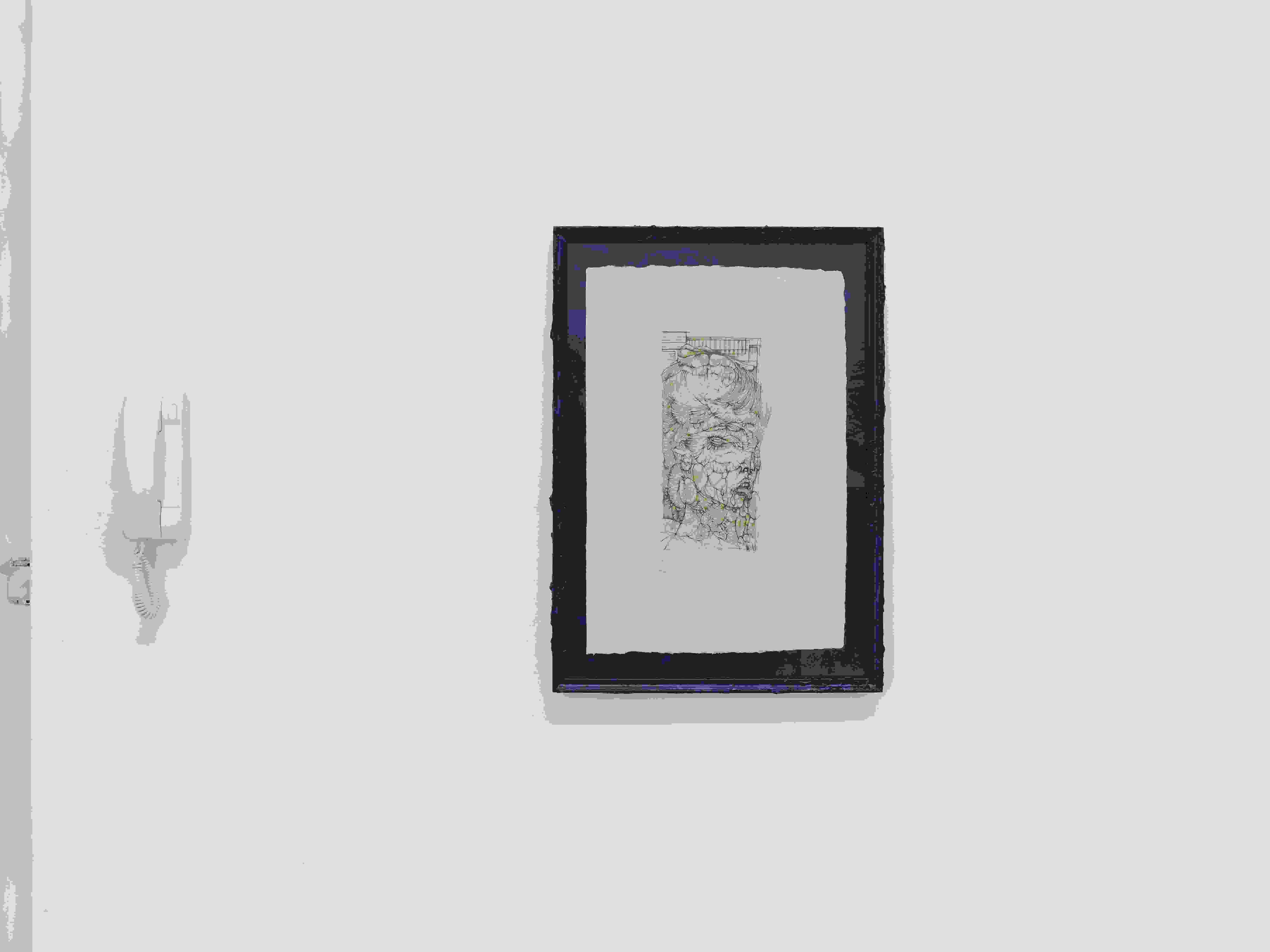
installation view HUMAN TETRIS
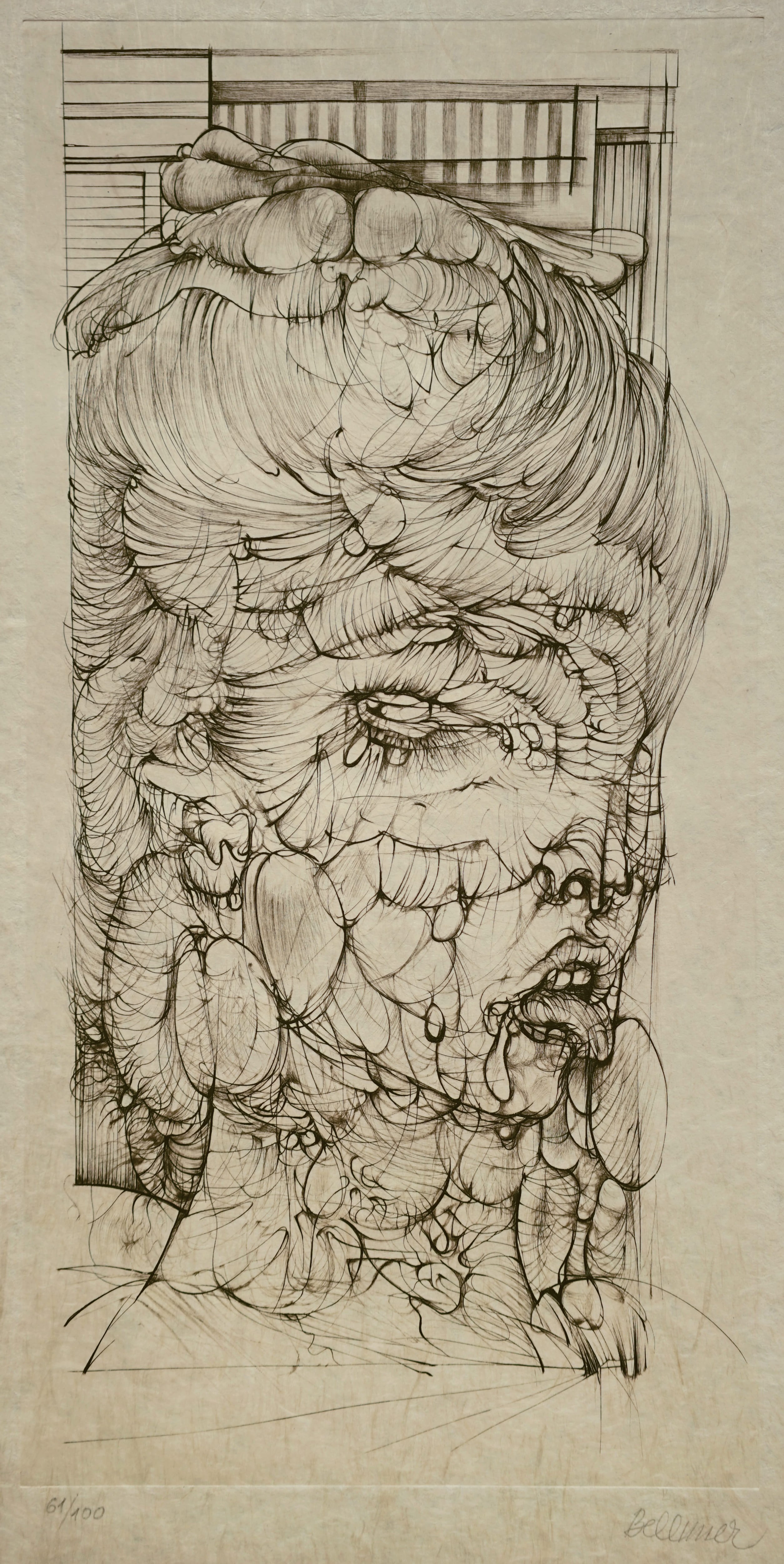
Hans Bellmer, Madame Edwarda, 1975, etching, plate size 36 x 18 cm, paper size 58 x 38 cm
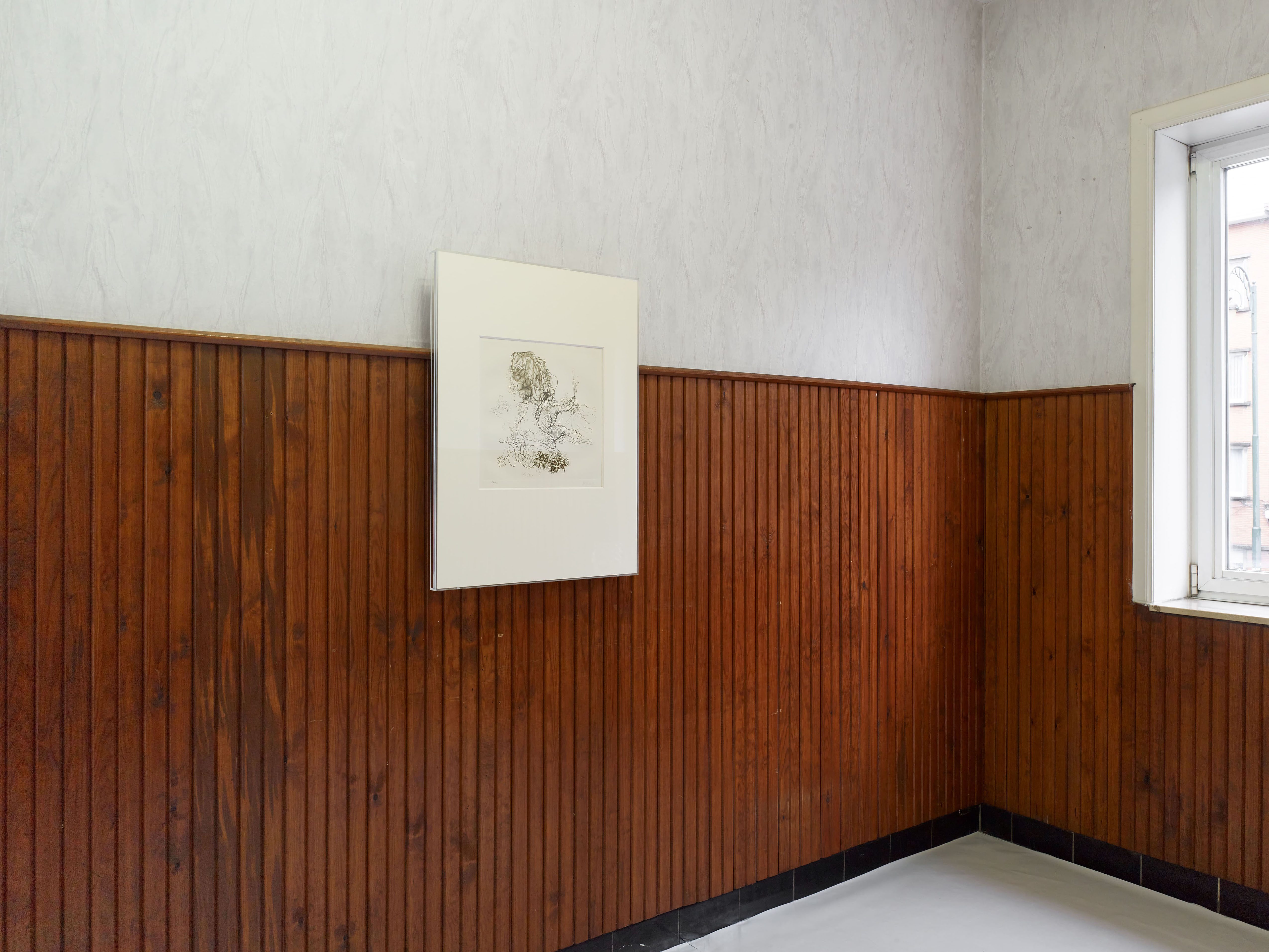
installation view HUMAN TETRIS
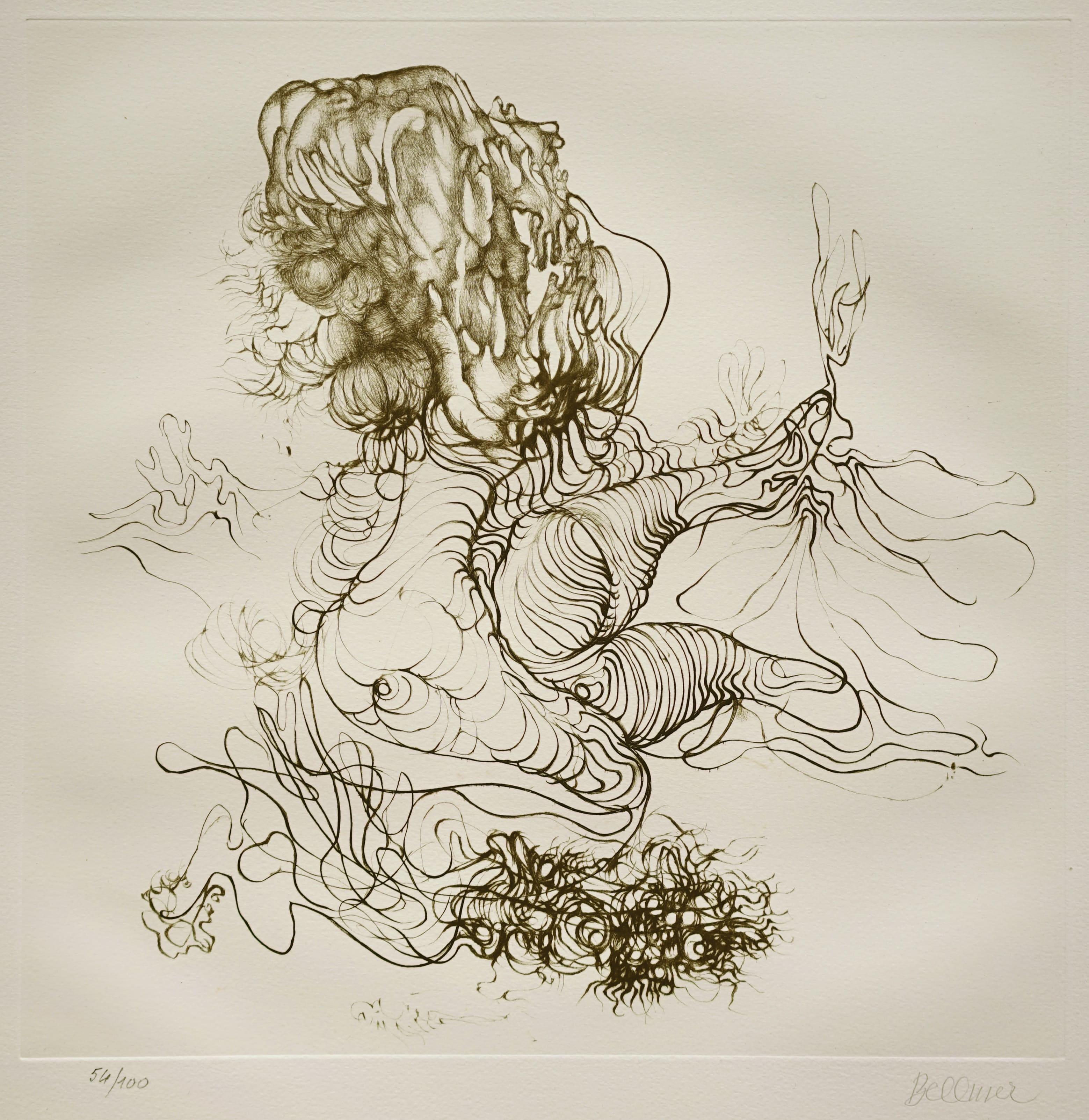
Hans Bellmer, Féminité végétale, 1970, etching, plate size 30 x 30 cm, paper size 66 x 50 cm
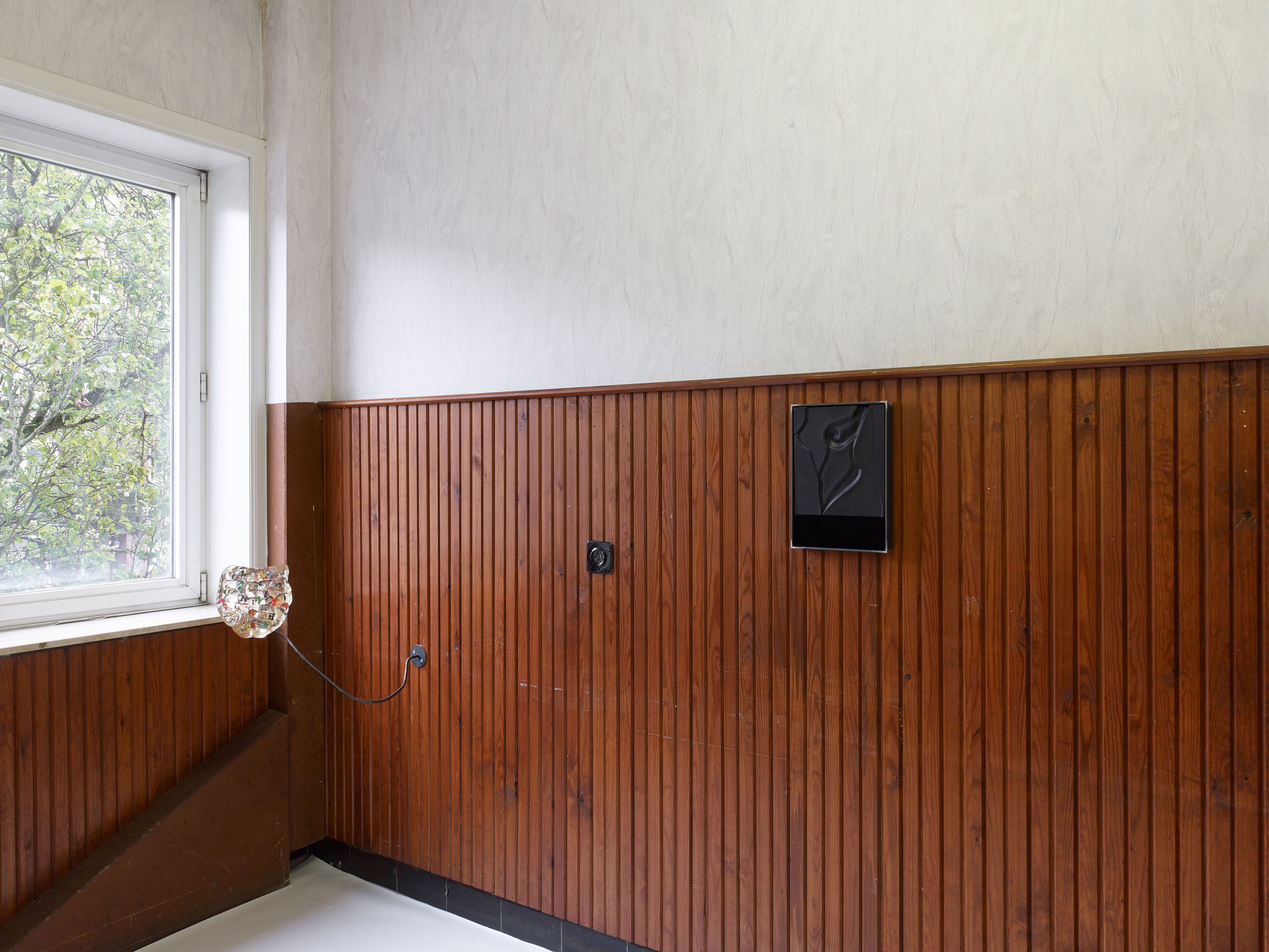
installation view HUMAN TETRIS
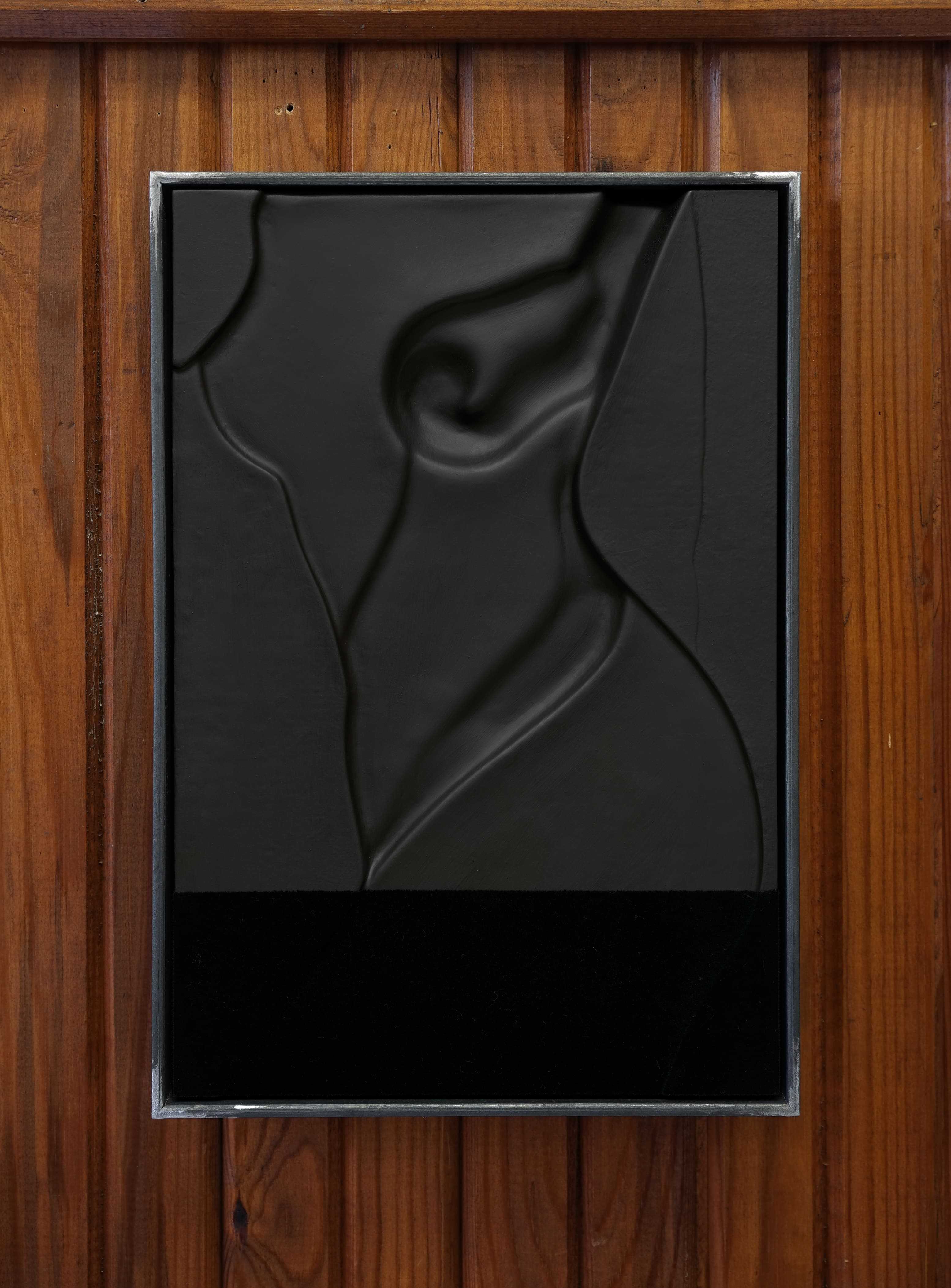
Sabrina Fritsch, Lan, 2025, Flock on acrylic on wood, 30 x 20 cm
HUMAN TETRIS
Hans Bellmer, Mariechen Danz, Sabrina Fritsch
Sep 20 - Nov 2, 2025
Hans Bellmer (*1902 in Katowice, †1975 in Paris) was a photographer, sculptor, painter, illustrator,
and author. In his highly controversial artistic work, he obsessively focused on depicting the human
body and viewing it from a fetishistic, sadomasochistic, and voyeuristic perspective.
In protest against the National Socialists‘ seizure of power, the trained typographer and illustrator
decided to give up all work that was useful to society in 1933. He closed his studio for commercial
art and began constructing his first doll. Defamed by the Nazis as a “degenerate artist,” Hans
Bellmer emigrated to Paris in 1938, where he was enthusiastically received by the Parisian Surrealists.
In 1953, he met the writer and poet Unica Zürn, with whom he lived and worked closely until
her death.
Hans Bellmer‘s work has been shown in numerous renowned museums and galleries, including the
documenta Kassel, the Whitechapel Gallery London, the Neue Nationalgalerie Berlin, MoMA New
York, Kestner Gesellschaft Hannover, and the Centre National d‘Art Contemporain Paris.
Mariechen Danz´s (*1980 in Dublin) work takes communication and the transmission of knowledge
as its starting point, placing the body at the center of her practice. In sculptures, drawings, costumes
and installations she combines scientific systems for appropriating and describing the world
with subjective, alternative and magical thinking. Mariechen Danz further activates her installations
through staged vocal performances. The human body functions as the primary place of investigation
for her work - the body as a metaphor, as origin and remains.
Mariechen Danz studied at the Universität der Künste, Berlin, the Gerrit Rietveld Academy, Amsterdam
and received her Masters in Art & Integrated Media from Calarts, California Institute of the
Arts, in 2008. Her work has been featured in institutions such as 16th Istanbul Biennial, 57th La
Biennale di Venezia, Haus der Kunst Munich, MAK Vienna, Centre Pompidou Paris, Kunsthaus Bregenz,
High Line New York, New Museum New York and the Berlinische Galerie, Berlin.
Sabrina Fritsch (*1979 in Neunkirchen/Saar) has created a complex, constantly evolving artistic
universe in the medium of painting, which confidently reconciles painterly control with the renunciation
of it. She explores the relationship between images and space as well as the relationship
between images and their carriers.
Her visual worlds usually arise from playful and analytical experiments with materials and the formal
conditions of painting and can be conceived both figuratively and abstractly, whereby they always
seem to be fed from an inner reservoir of motifs.
Her works are represented in numerous institutional collections, including the Kunstsammlung
Nordrhein-Westfalen Düsseldorf, the Kunstmuseum Bonn, the Folkwang Museum Essen, the
Kunstpalast Düsseldorf, and the Kunsthaus Nordrhein-Westfalen Aachen.
Sabrina Fritsch is a professor of painting at the Düsseldorf Art Academy.
The exhibition is kindly supported by Kunststiftung NRW
